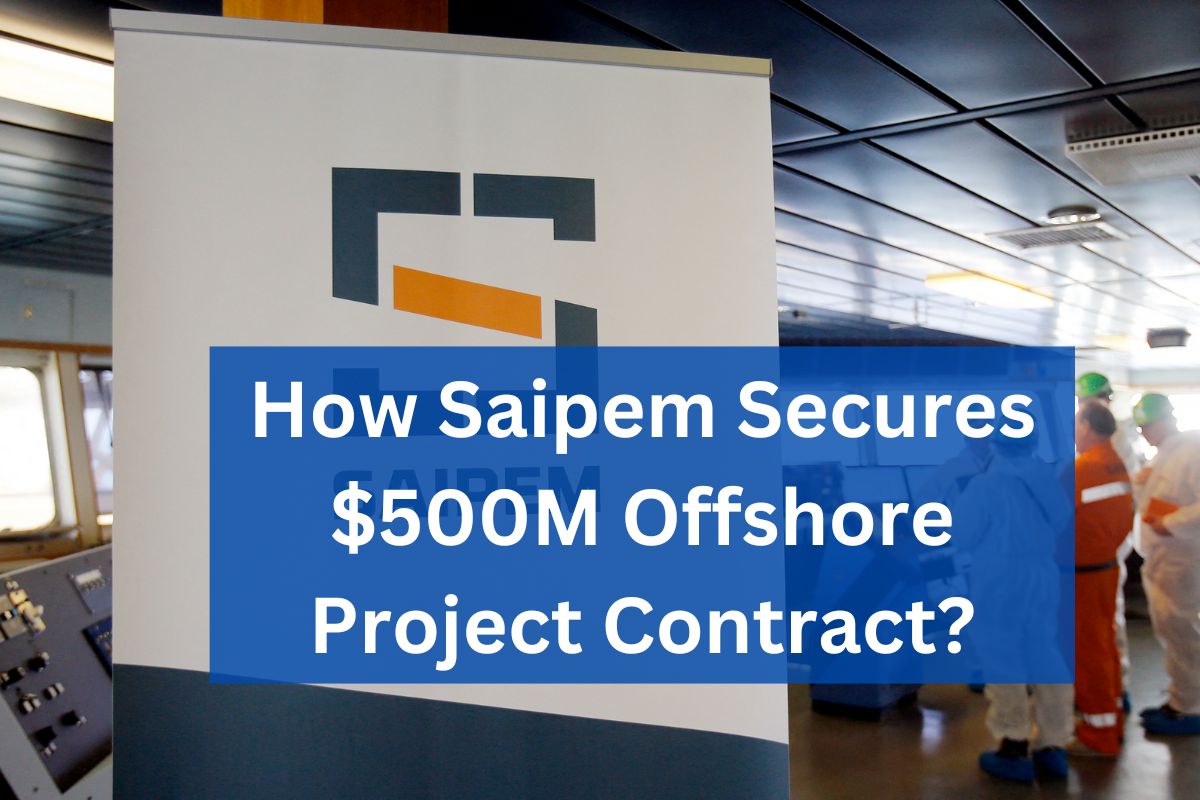Saipem, an Italian and the largest multinational oilfield services company in the world has awarded with the two offshore projects worth of approximately $500 million (€ 458.66 million) in Saudi Arabia. These two projects are part of the ongoing long-term agreement (LTA) with Saudi Arabian oil group giant, Saudi Aramco. Soon after securing a $300 million contract from BP last week for subsea construction in Azerbaijan’s sector of the Caspian Sea, the Italian oilfield services company will call for contracts for Abu Safah Field and for Berri and Manifa Fields as part of the two offshore projects.
The Initial Project for the Abu Safah Field
The initial of the two projects awarded to the Saipem will comprise the engineering, procurement, construction and installation (EPIC) services to crude trunkline of approximately 50 km (31 miles) and a diameter of 42 inches for the Abu Safah Field. The Abu Safah Field which is located in the waters of Persian Gulf is a Joint Petroleum Reservoir equally shared by the kingdoms of Bahrain and Saudi Arabia.
With the production began in 1966 and managed by the Saudi Aramco, the Abu Safah Field has a capacity of 300,000 barrels/day which produces medium crude oil. It contains ten platforms while each having six wells along with the five sub-platforms that contains their own wells within the platforms. As of the GlobalData, the field has recovered 86.32% of its total recoverable reserves and holds approximately 2% of the country’s daily output.

The Second Project for the Berri and Manifa Fields
The second project tends to focus on the production maintenance programmes for the Berri and Manifa Fields. The Berri field, discovered in 1964 while the production began in 1964 spans both onshore and offshore and is managed by the Saudi Aramco.
The Manifa field, discovered in 1957 is located in shallow water in the kingdom of Saudi Arabia and is also managed by the Saudi Arabian oil group giant, Saudi Aramco. According to the GlobalData, the Manifa oilfield has recovered approximately 56.21% of its recoverable reserves and holds approximately 6% of the country’s daily output.
Saipem’s Offshore Contract by Azule Energy for Ndungu Field Project
Earlier this year, in the month of May, the Italian oilfield services company was awarded a new offshore contract by the Azule Energy Angola which is a subsidiary of Azule Energy Holdings Limited. The contract entails for the development of the Ndungu Field as part of the Agogo Integrated West Hub Project which is located approximately 180 km off the coast of Angola.
The value of the contract as announced by the Saipem is around $850 million USD. And the Saipem’s work entails the engineering, fabrication, transportation and installation of approximately 60 KM of rigid pipelines as well as of the subsea facilities at a depth of around 1,100 meters. In addition to it, the Italian oilfield services company also call for the transportation and installation of flexible flowlines, jumpers, and 17 km of umbilicals.
$300 Million Contract to Saipem-led Consortium in Azerbaijan
Last week, Saipem-led consortium comprising BOS Shelf and BOS Shelf International FZCO has been awarded a $300 million USD (£231 million) contract by the energy giant BP. The Saipem-led consortium is responsible to involve the Subsea Construction in the Caspian Sea which is off the coast of Azerbaijan operating Khankendi, an SCV (Subsea Construction Vessel) owned by the Shah Deniz Consortium.
According to the Saipem, its responsibilities under the contract’s estimated value around $300 million, with Saipem’s share approximately $250 will include operating the vessel, providing the crew, and executing marine activities for the Shah Deniz and Azeri-Chirag-Gunashli fields. On the other side, the consortium entails engineering, procurement, construction and installation of subsea infrastructures.
| Home Page | Click Here |
David has spent Several years reporting on the oil and gas industry, uncovering the latest trends and technological breakthroughs. His expertise in energy markets and passion for sustainable practices make his articles both insightful and forward-thinking. Davis’s in -depth analyses are a staple for professionals seeking to stay ahead in this dynamic field.
